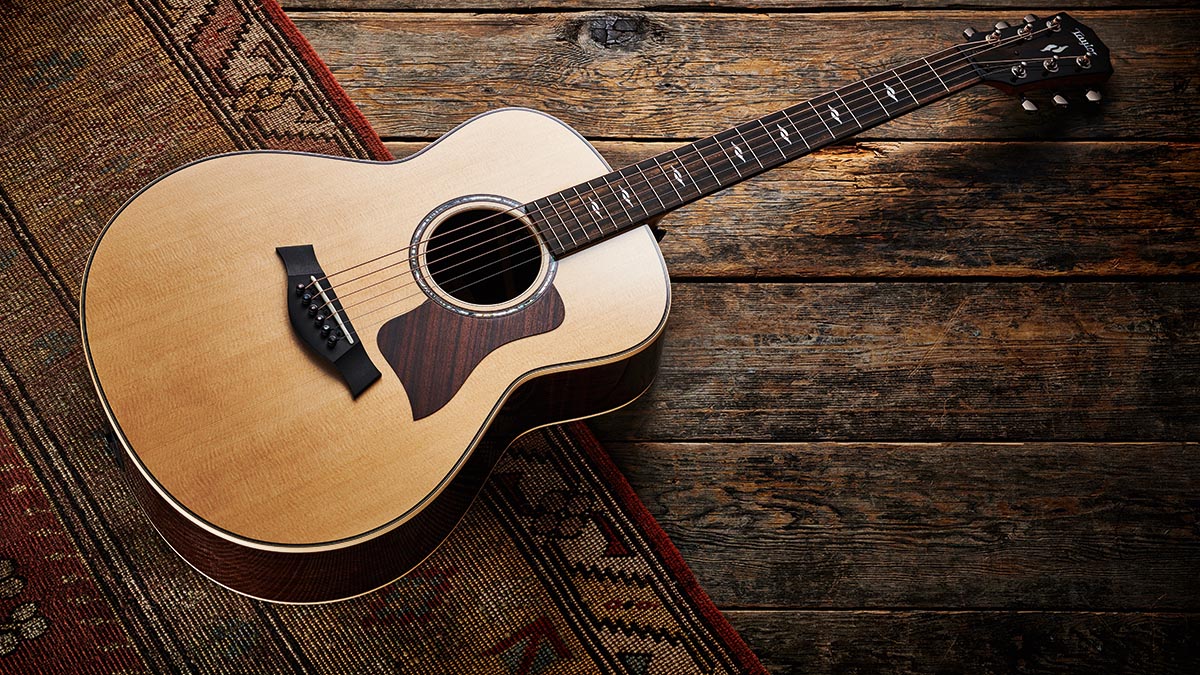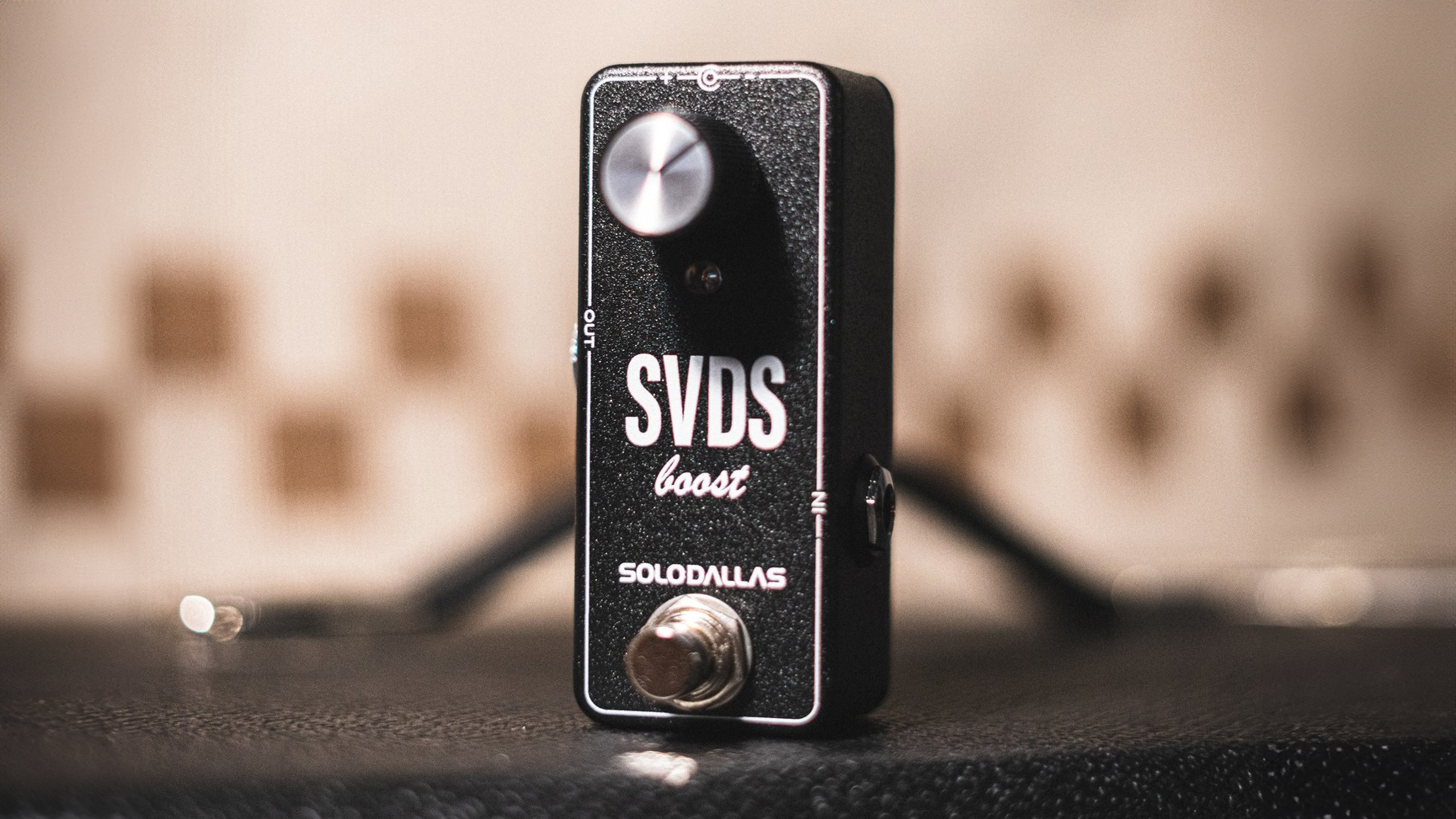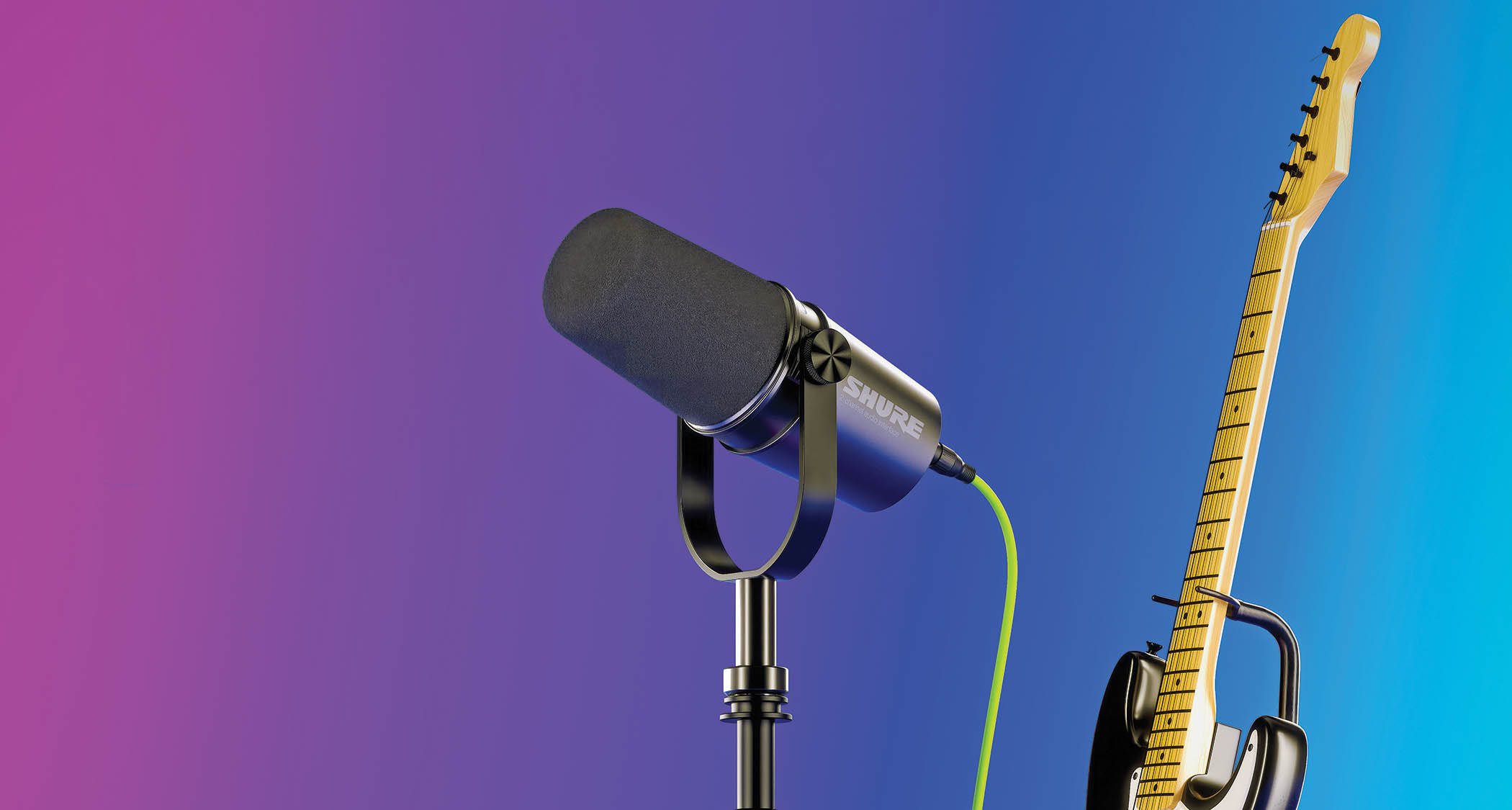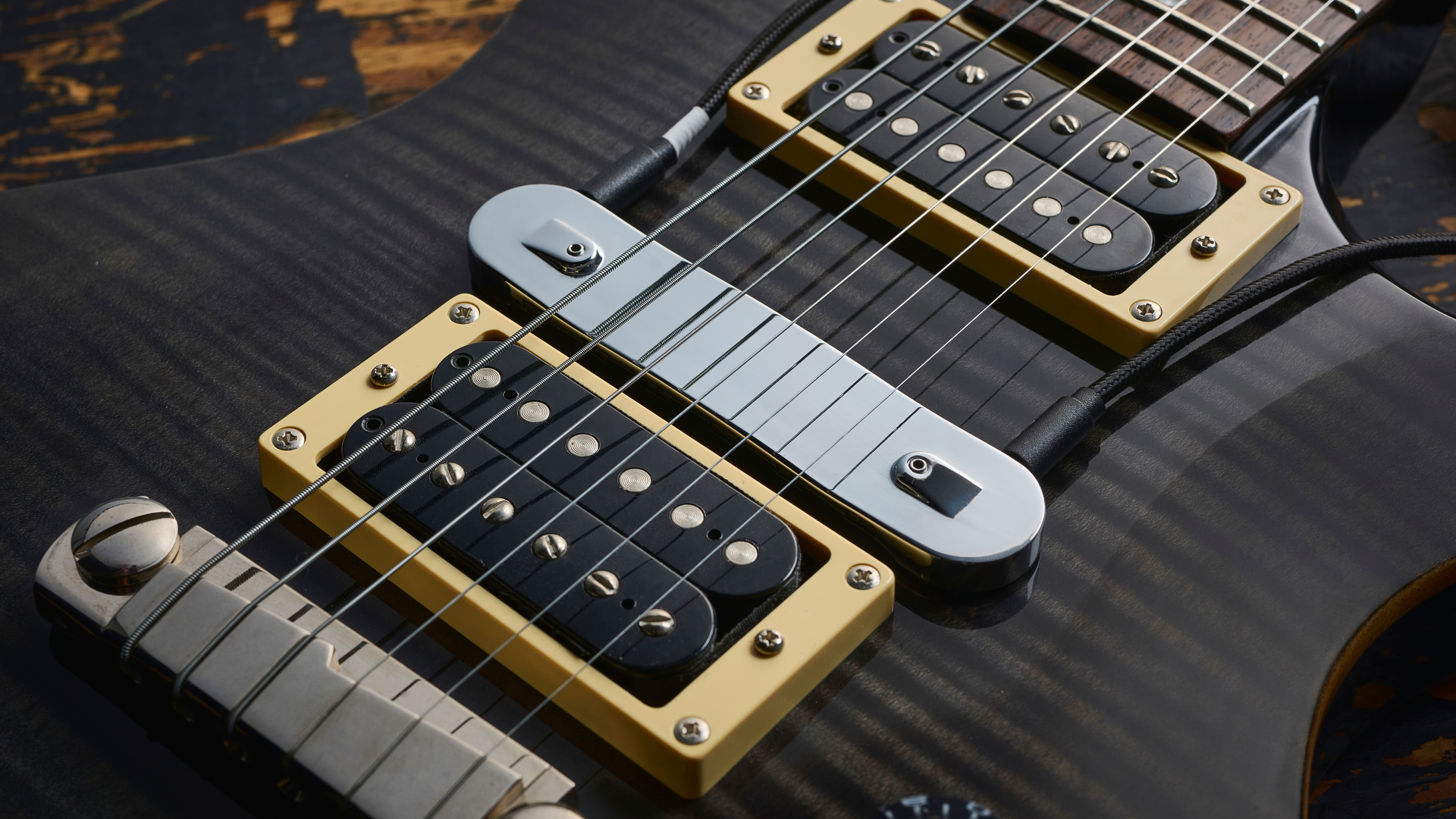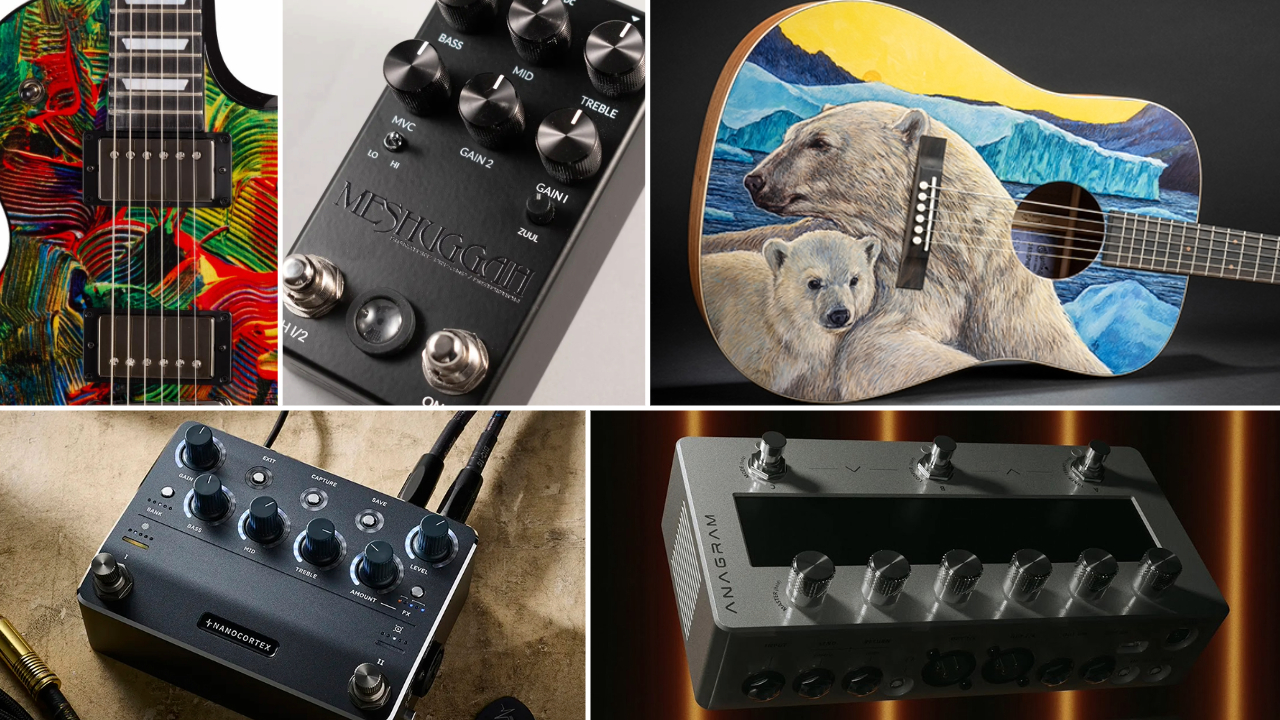Guitar World Verdict
A smaller-bodied acoustic that is not only exceptionally well built and great fun to play but is – wait for it – an all-rounder? That C-Class bracing and Taylor's touch is magic.
Pros
- +
Great instrument with a surprisingly capable range of tones.
- +
Fun playing experience.
- +
Taylor's ES2 electronics remain very impressive.
Cons
- -
The price may limit appeal to the pro league only.
You can trust Guitar World
Cast your mind back a few issues – to issue 467, in fact – and you’ll remember that we premiered Taylor’s GTe Urban Ash guitar, an instrument that heralded in the company’s slightly smaller body sized acoustic.
In that particular review it shared the stage with the parlour-sized PRS SE P20e, but here the spotlight falls solely upon the GTe’s brother-in-arms, the GT 811e. This guitar sits within Taylor’s established 800 acoustic range, the numeral 1 at the end of the model designation meaning it features the new body size.
The Urban Ash variation offered a palette of eco-friendly body woods, Urban Ash being reclaimed from the roadside arboreal greenery found in California’s cityscape. It also featured properly managed tropical mahogany and a eucalyptus fingerboard, as well as a Sitka spruce top, and came in at $1,599/£1,835.
The listening and playing experiences deliver a distinctly new dimension
Andy Powers
If the GTe added up to an ecologically worthy sign of the times, the 811e takes a more traditional body-wood path – and comes in at just under twice the price. That’s not to say Taylor has abandoned its quest to use eco-appropriate woods here (quite the opposite), it’s just that maybe not everyone is ready to abandon their expectations, tonally speaking, from an upmarket acoustic.
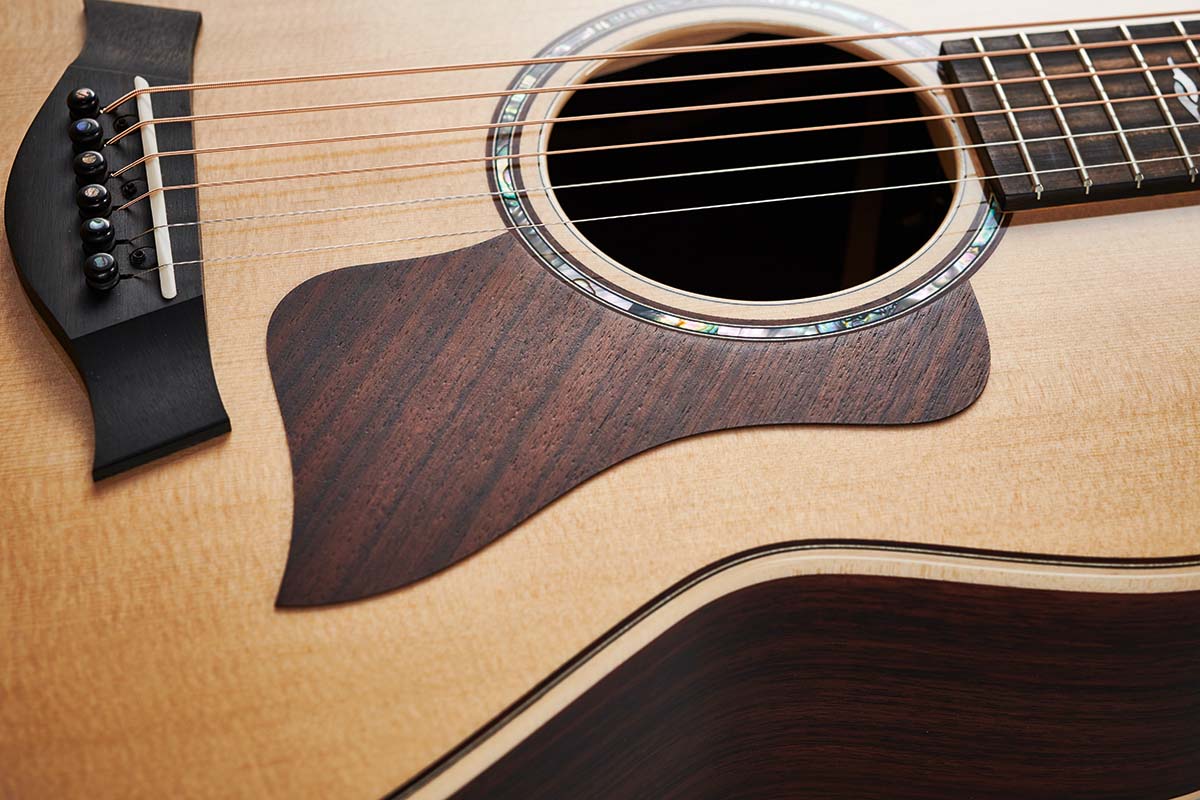
If things follow the traditional human curve here then adjusting the acoustic world’s mindset to the different tonalities found with alternative timbers will take a generation or so in any case. We liked what we heard from the GTe Urban Ash and, from the look of things, we’re going to be smiling our way through this review, too.
“You’ll hear that familiar spruce and rosewood flat-top guitar sound, but with the GT’s fresh form and structure, the listening and playing experiences deliver a distinctly new dimension,” Taylor’s master luthier Andy Powers tells us. “This model retains the slinky, ultra-easy handling and string feel, but the voice has been shaped into a denser, harmonically saturated sound. The top responds quickly to even the most delicate articulation, and it’s buoyed by the deep and supportive sound rosewood is known for.”
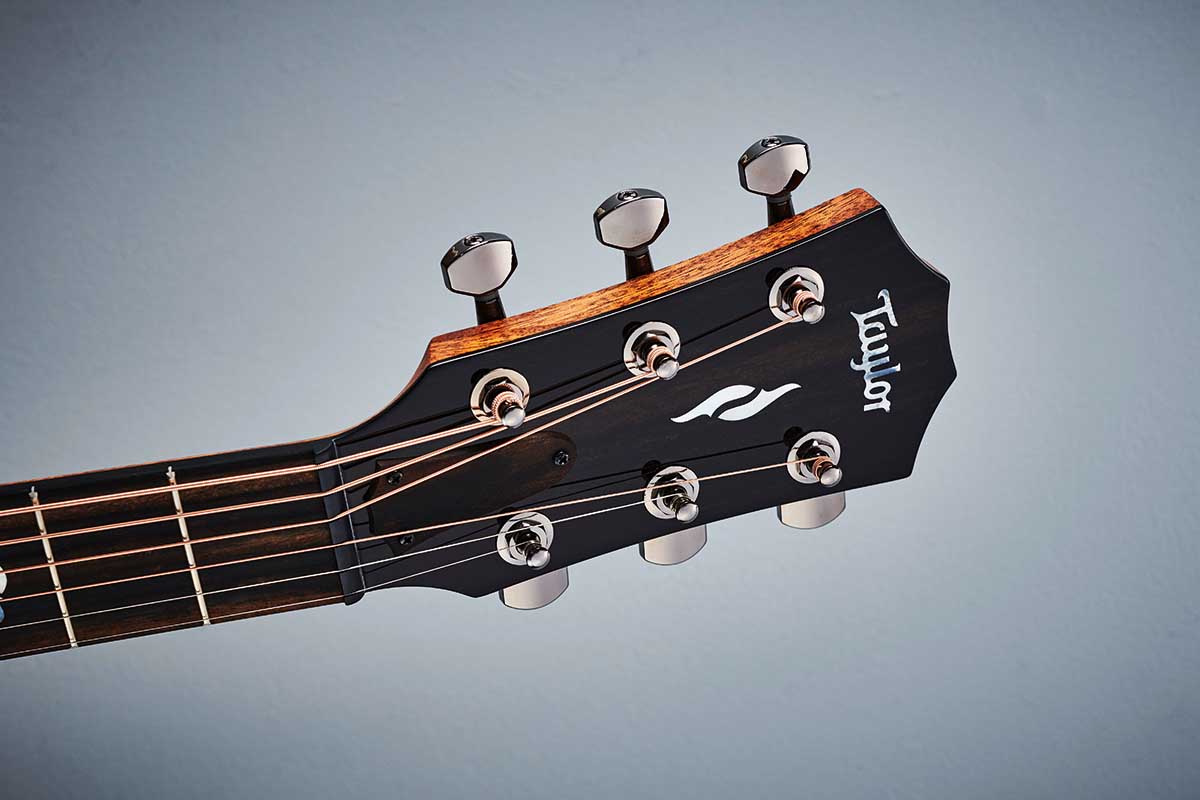
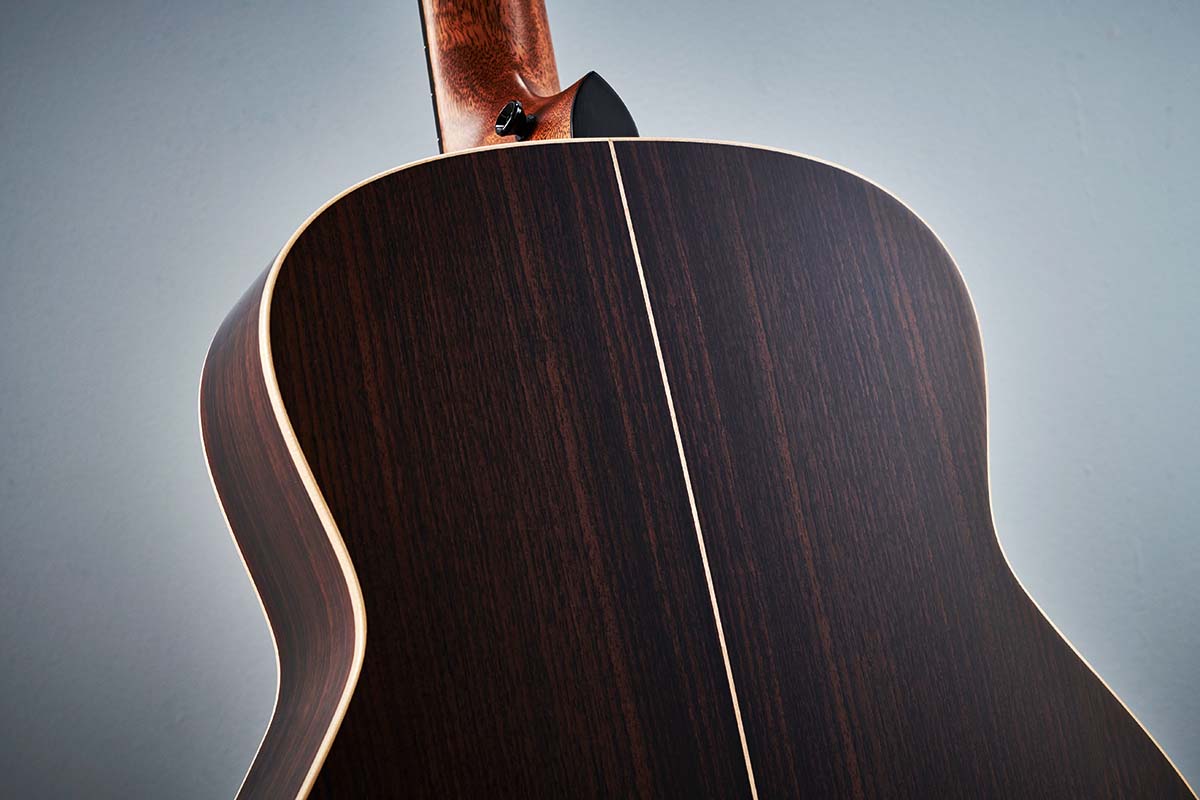

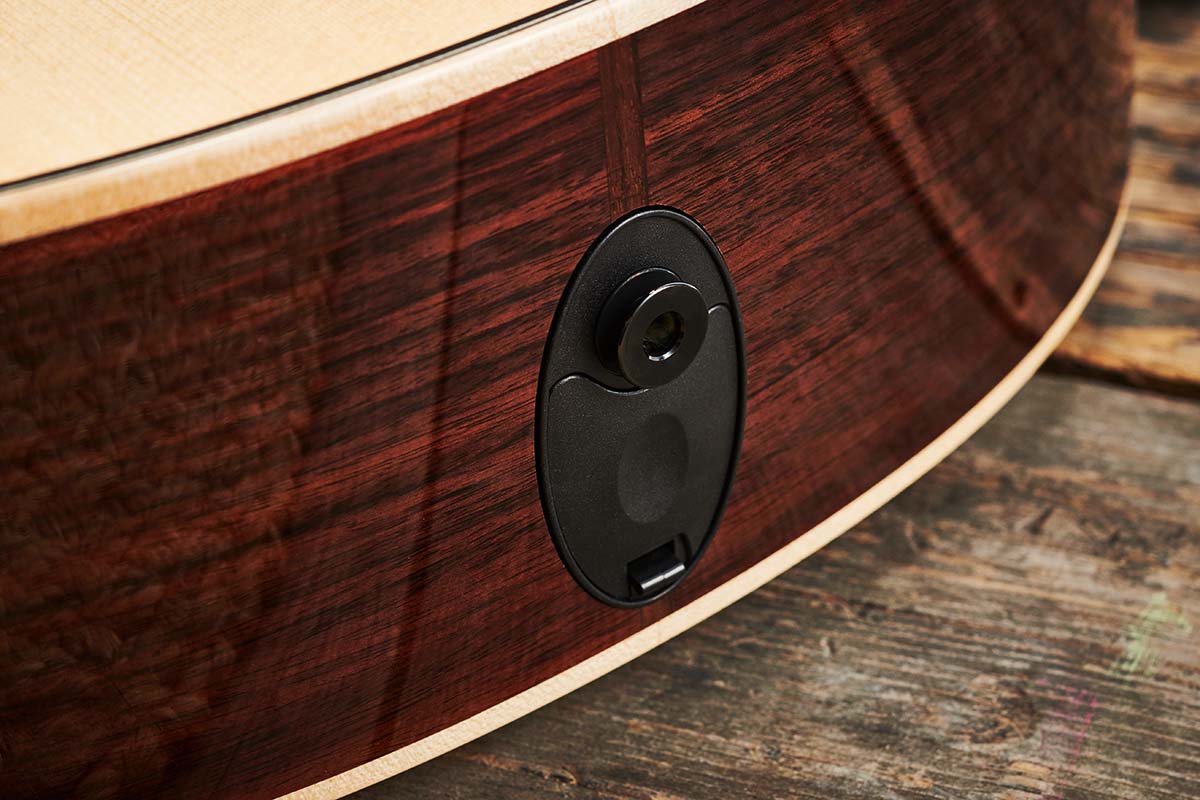

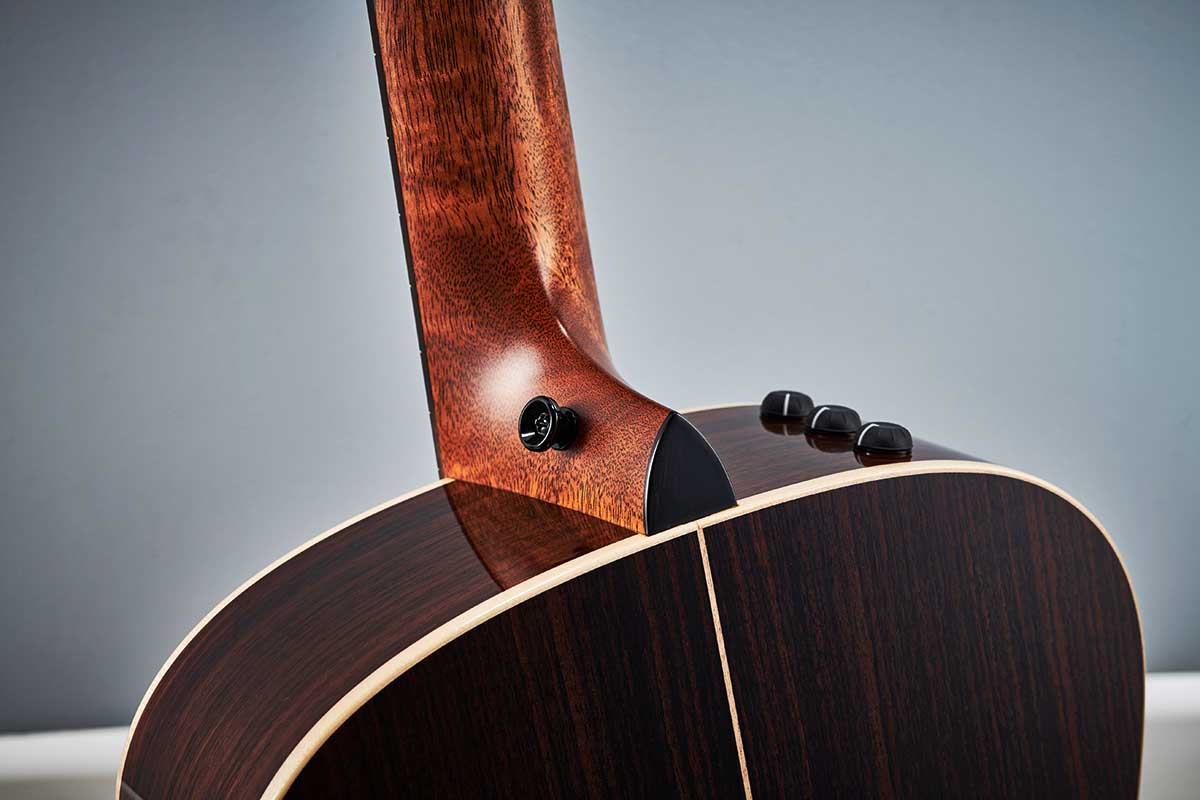
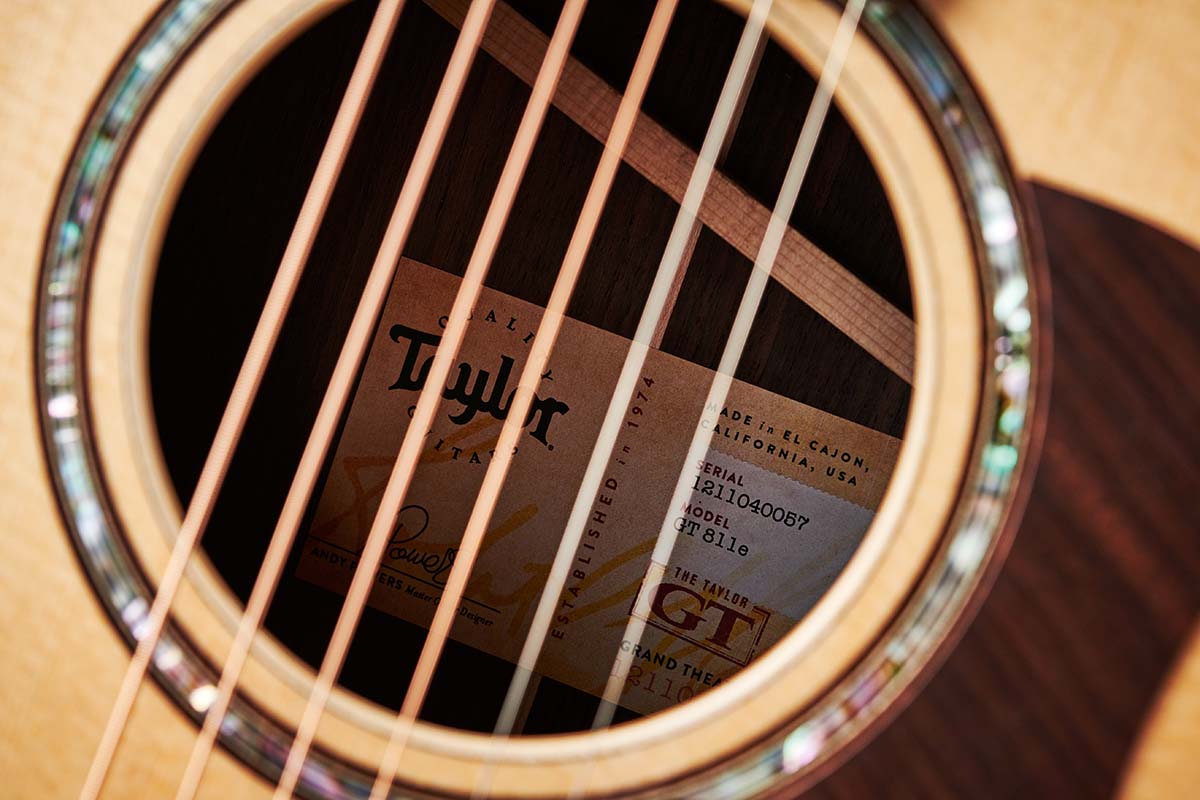
As we’ve seen, the main difference between the 811e and GTe is that Indian rosewood replaces the latter model’s Urban Ash back and sides, and ebony steps in for fingerboard duties instead of the GTe’s eucalyptus.
The formula here – Sitka spruce top, rosewood back and sides, mahogany neck and ebony ’board – will be familiar to everyone who spends any time reading the spec of acoustic guitars as it’s probably the most tried-and-trusted combination available.
Just about every manufacturer uses it and just about every player knows exactly what to expect from this particular fusion of timbers. Then there’s the new and slightly smaller body shape.
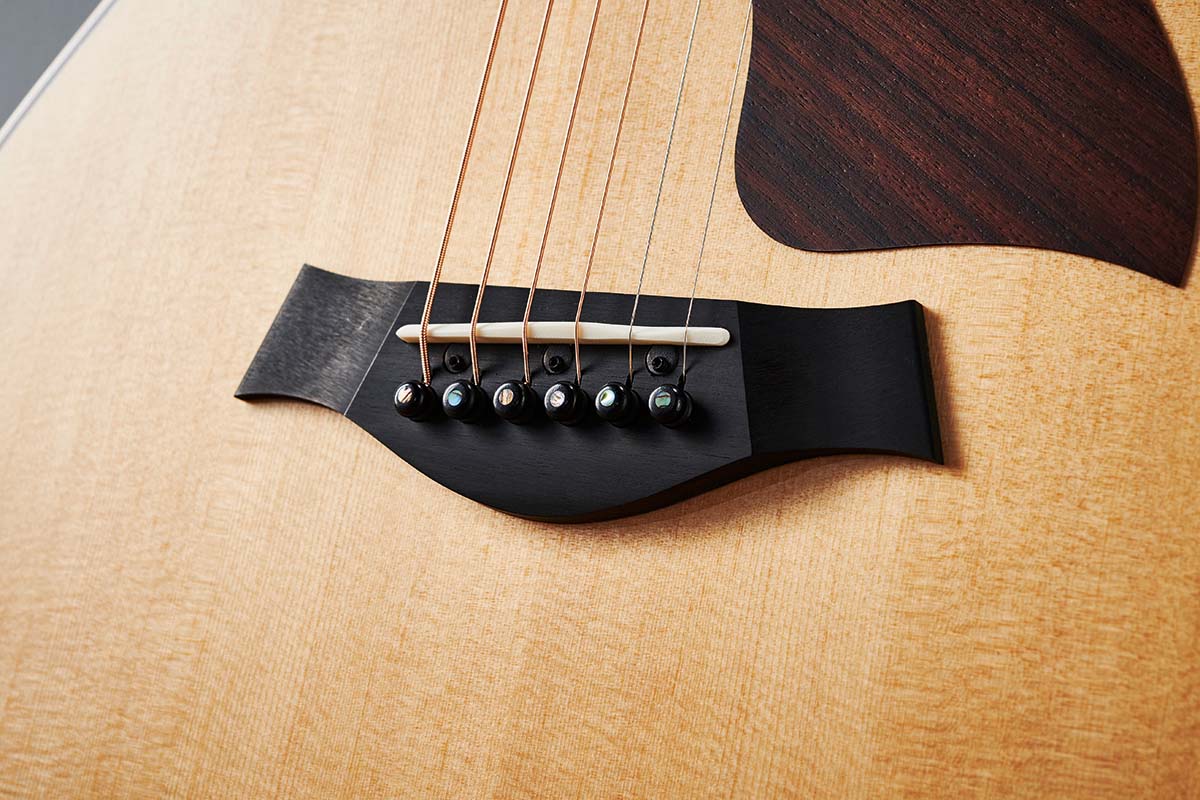
Just how do you manage to get a big sound from a smaller body? After all, we can predict what we’d expect from a dreadnought made from these materials: big and boomy, with plenty of midrange clout and sweet trebles. We’d also be able to put together an identikit sound picture from a 000 or 00. But where does the Grand Theater fit into the body-shape soundscape?
Enter Taylor’s secret weapon: C-Class bracing. We’ve said before in these pages that there’s a definite shift towards smaller bodies among acoustic players, but in the past this has always been at the sacrifice of output. Smaller body equals less air movement equals less volume and a weaker bass response, right? Not necessarily, it would appear.
We go into more detail about what’s happening down in the GT’s engine room in our interview with Andy Powers, but the short version is that by rethinking the bracing underneath the guitar’s top and paying particular attention to scale length, you can recalibrate tonal output and balance basses, mids and trebles accordingly.
Throw in a road-tested and proven pickup such as Taylor’s Expression System 2 and you have a guitar that’s a comfortable fit everywhere from the sofa to the stage. That’s the theory, anyway.
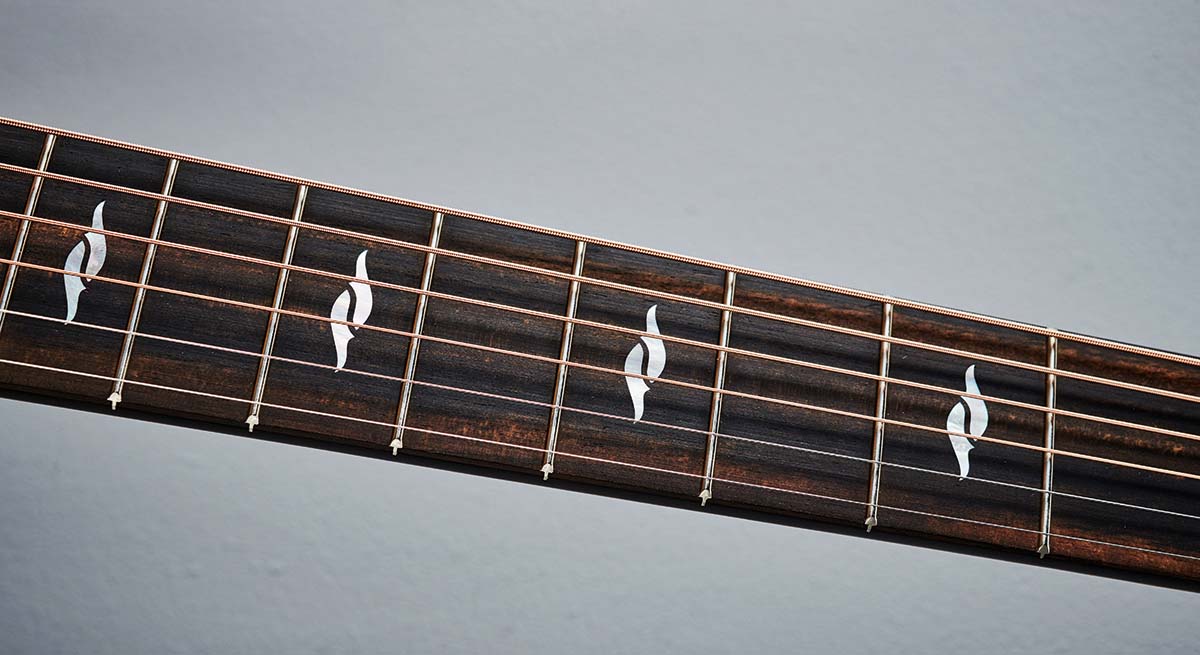
Feel & Sounds
In practice, the GT 811e is a revelation. We were already sold on the body shape when we looked at the GTe and we enjoyed the sounds we heard there immensely.
Here, it’s almost like we’ve found an extra gear or two. The bass response, a yardstick that a lot of players put into play during their first encounter with a new model, is very sprightly and rich and a perfect foil for the trebles, which are loud and proud with an appropriate amount of rounded sweetness thrown in.
It’s a very well-balanced instrument, but the thing we weren’t necessarily prepared for was how much fun it is to play and how adaptable it is to various styles of music. We tried some fingerpicked blues, strummed chords, fingerstyle acoustic and the 811e batted everything back to us with multilingual dexterity.
You can play just about anything you want to and the result is, pleasingly, the same. The reduced scale length of 612.7mm (24.12 inches) sits in between Taylor’s Mini at 597mm (23.5 inches) and, say, an 800 Series 814ce’s 648mm (25.5 inches) and produces the slinkier feel of a drop-tuned instrument while enhancing the playing experience overall.
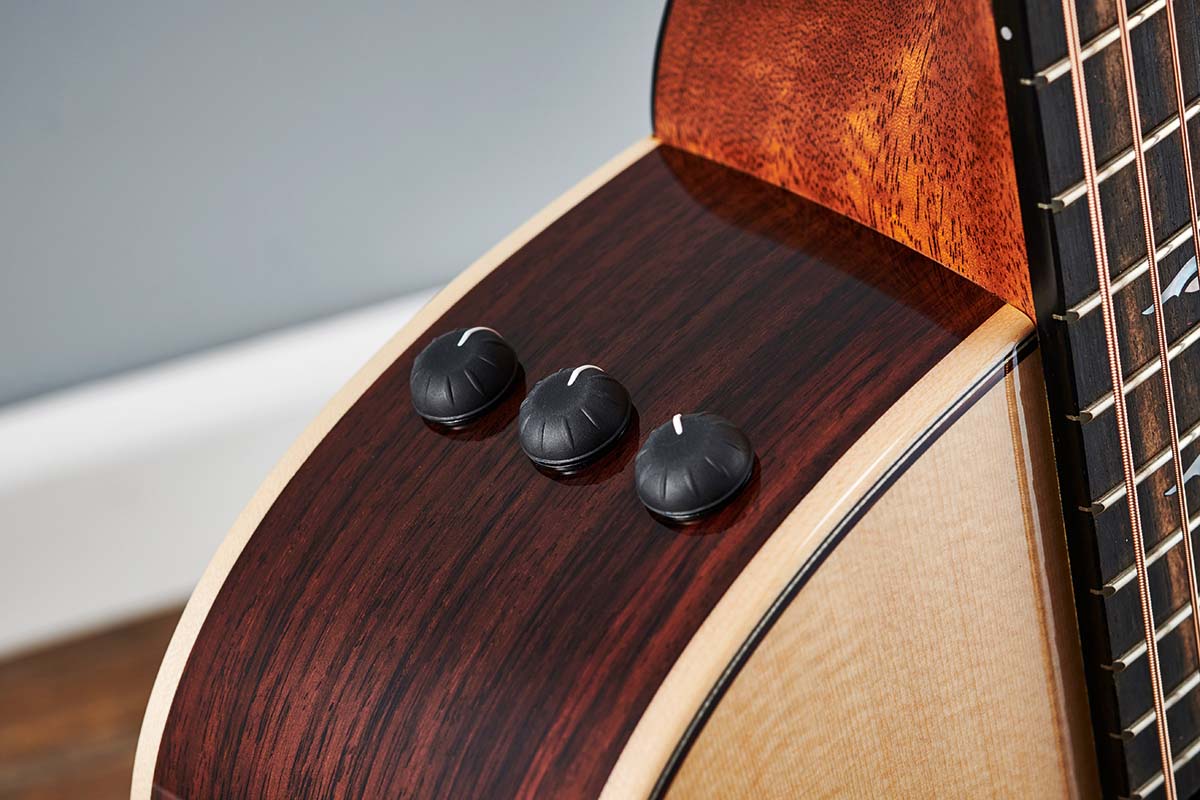
At no point did we feel that we were ‘fighting’ with the guitar; it was smooth sailing all the way. The body size means you can sit in the accustomed ‘slumped in front of the TV’ position comfortably and the GT fits on your lap like a faithful hound.
Meanwhile, the twin strap pegs mean it’s all set to be strapped up and let loose in front of a socially distanced crowd, too. Which brings the Expression System 2 nicely into focus.
We’ve encountered the ES2 plenty of times in the past and it never fails to impress. After all, this is a system that has been developed in-house and, as such, is a perfect fit for Taylor’s range. Bright, airy and sufficiently hi-fi, it delivers everything you put into the guitar with the absolute minimum of fuss.
We literally spent moments adjusting the EQ on the guitar – with the AER Compact 60’s controls set absolutely flat – and we were up and running. An all-rounder? It’s beginning to look that way.
Verdict
If you were able to herd a number of acoustic guitarists into a room and ask them what they wanted from an instrument, you can bet the consensus would be reliability, great sound and an easy transition into the amplified realm for performance duties.
The group might also add that a guitar has to feel like it belongs in your hands and is, generally speaking, fun and easy to play. The Taylor GT 811e ticks all those boxes and its body size – plus tough Aero case – means that travelling with it wouldn’t be a problem, either.
At over £3k, it would be true to say it’s a pro-grade instrument and might fall out of reach for players who are looking for an acoustic guitar merely to supplement their electric playing. But if you’re in the market for a guitar that will stand by you in the practice room, studio and stage, the 811e ought to be at the top of your list.
Specs
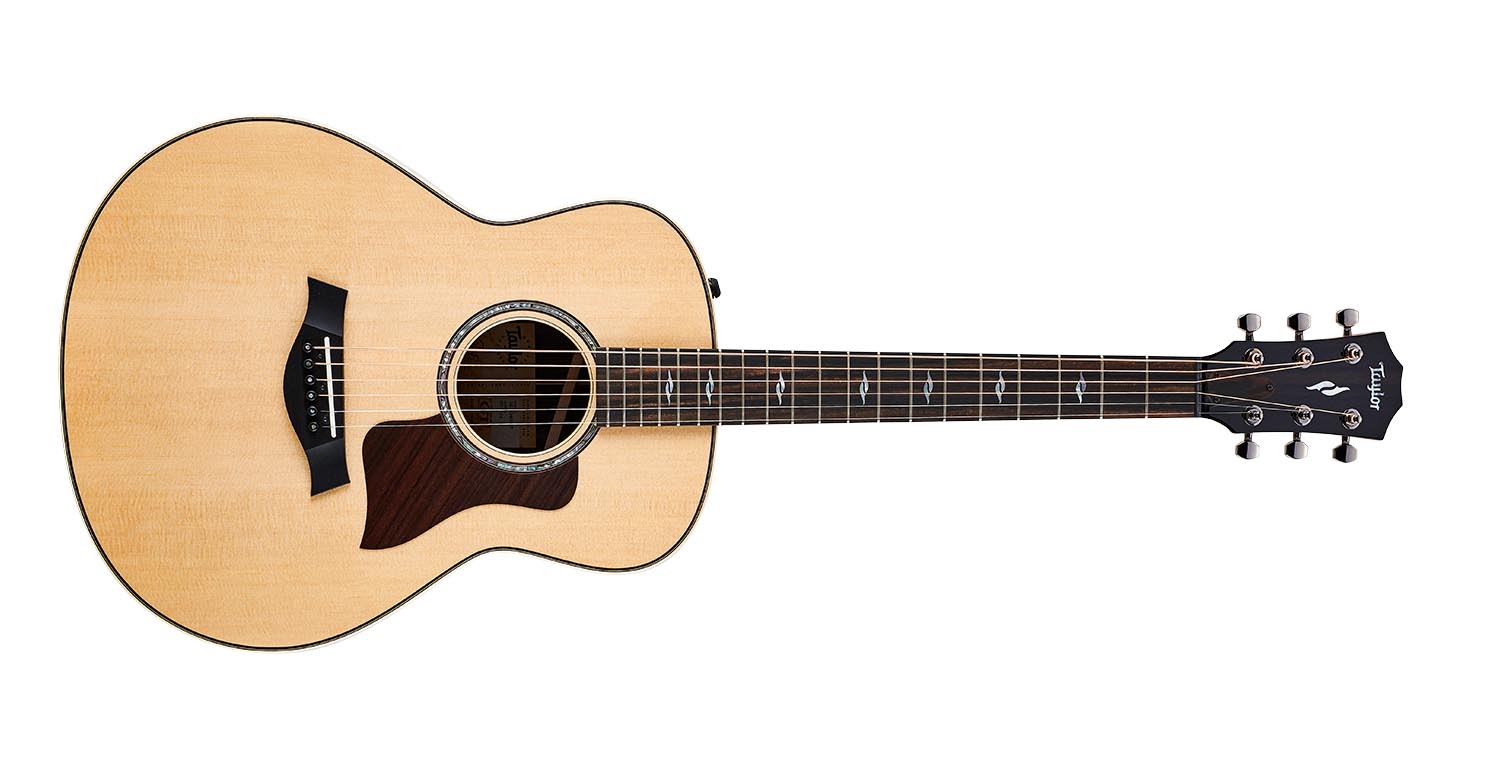
- PRICE: $2,999 / £3,335 (inc Aero case)
- ORIGIN: USA
- TYPE: Grand Theater electro-acoustic
- TOP: Sitka spruce w/ C-class bracing
- BACK/SIDES: Indian rosewood
- MAX RIM DEPTH: 114mm
- MAX BODY WIDTH: 375mm
- NECK: Mahogany
- SCALE LENGTH: 612.7mm (24.12”)
- TUNERS: Taylor nickel mini
- NUT/WIDTH: Graph Tech Tusq/43.6mm
- FINGERBOARD: West African ebony, Element inlays
- FRETS: 20, small
- BRIDGE/SPACING: Ebony with compensated Micarta saddle/56mm
- ELECTRICS: Taylor Expression System 2
- WEIGHT (kg/lb): 2/4.4
- OPTIONS: The 811 is available without the Expression System 2 pickup at $2,799 /£3,155
- RANGE OPTIONS: Taylor’s 800 series currently features 10 models; the GT body size within that range extends to the GT urban ash/spruce ($1,399 / £1,619), GTe Urban ash/spruce ($1,599 / £1,835) and, also new, all-koa GT K21e ($4,699 / £5,159). See website for details.
- LEFT-HANDERS: Yes
- FINISH: Natural Gloss with satin neck back
- CONTACT: Taylor
With over 30 years’ experience writing for guitar magazines, including at one time occupying the role of editor for Guitarist and Guitar Techniques, David is also the best-selling author of a number of guitar books for Sanctuary Publishing, Music Sales, Mel Bay and Hal Leonard. As a player he has performed with blues sax legend Dick Heckstall-Smith, played rock ’n’ roll in Marty Wilde’s band, duetted with Martin Taylor and taken part in charity gigs backing Gary Moore, Bernie Marsden and Robbie McIntosh, among others. An avid composer of acoustic guitar instrumentals, he has released two acclaimed albums, Nocturnal and Arboretum.
“Among the most sought-after of all rhythm guitars… a power and projection unsurpassed by any other archtop”: Stromberg has made a long-awaited comeback, and we got our hands on its new Master 400 – a holy grail archtop with a price to match
The heaviest acoustic guitar ever made? Two budding builders craft an acoustic entirely from concrete because they “thought the idea was really funny”
